HIPAA regulations regarding data security for patients are hard for a layperson to understand, and are even difficult for administrators and technologists who work in the healthcare industry. This is especially true for smaller organizations, partly due to the complexity of the HIPAA law itself, and the HITECH regulations that followed it. Let’s try to clear up some of the misunderstanding around HIPAA and encryption, and clarify what you should do regarding data protection for patient data.
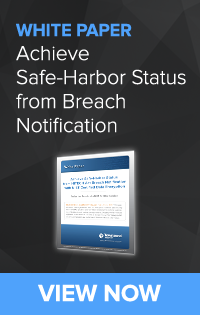 The first confusion about the protection of patient data is that encryption of this data is a strong recommendation, but that it is not a mandate. It is what is termed an “addressable” requirement. The word “addressable” has very specific meaning in the context of HIPAA. If implementing encryption of patient data is not feasible, a healthcare organization under HIPAA regulations, can implement equivalent protections. So, if your software vendor or IT department thinks that encryption is not feasible you have the option to implement other equivalent security controls to compensate for that. The reasons why you think it is not feasible must be documented in writing, and must be reasonable and valid.
The first confusion about the protection of patient data is that encryption of this data is a strong recommendation, but that it is not a mandate. It is what is termed an “addressable” requirement. The word “addressable” has very specific meaning in the context of HIPAA. If implementing encryption of patient data is not feasible, a healthcare organization under HIPAA regulations, can implement equivalent protections. So, if your software vendor or IT department thinks that encryption is not feasible you have the option to implement other equivalent security controls to compensate for that. The reasons why you think it is not feasible must be documented in writing, and must be reasonable and valid.
Encryption is not a mandate under HIPAA law. And unless the law changes, it is probably not possible for HHS and its Office for Civil Rights (OCR) to make it mandatory.
But there is much more that you need to know. While HHS and OCR cannot mandate the encryption of patient data, they do have the ability to make it painful if you don’t. And that is exactly what they are doing. For example, if you claim that you can’t encrypt patient data, document your reasons, implement compensating controls, and THEN have a data breach, you are likely to be penalized for the lack of effectiveness of the compensating controls. Your data breach is clear evidence that your compensating controls were inadequate.
I like to call this a “Backdoor encryption requirement”. That is, there is probably nothing you can do in the way of compensating controls that are equivalent to encryption. But you won’t discover that until you have a data breach.
Lacking the ability to mandate encryption, HHS and OCR have taken to the strategy of increasing the penalties for lost patient data. I’ve heard recently from many organizations in the healthcare segment of increasing concern about the potential fines related to a data breach. This is driving a new interest in encryption and the related requirement to protect encryption keys.
This last point is crucial when implementing encryption for HIPAA compliance - your encryption strategy is only as good as your encryption key management strategy. Encryption keys are the secret that has to be protected. If you lose the encryption key, the cybercriminals have the ability to access patient data. Storing encryption keys in a file, in application code, or on mountable drives or USB storage will certainly fail a best practices review. Use a professional, certified key management solution in your encryption deployment to protect patient data.
If you are going to do encryption of patient data, get it right the first time! Use good key management practices.
Patrick

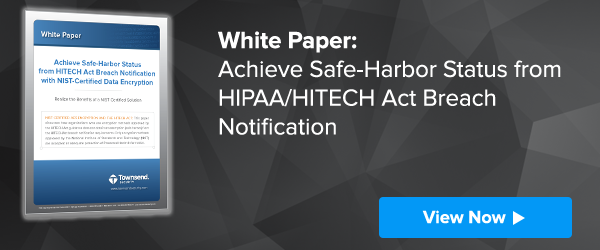
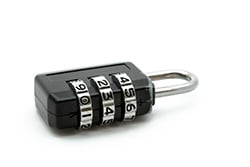 TNT/FedEx suffered the loss of critical systems that inflicted severe financial pain. John Pescatore of SANS expressed it this way:
TNT/FedEx suffered the loss of critical systems that inflicted severe financial pain. John Pescatore of SANS expressed it this way: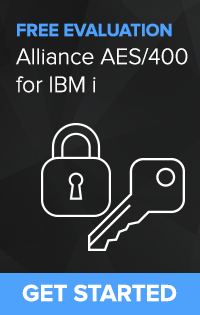

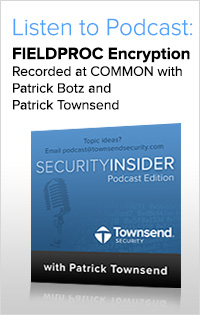
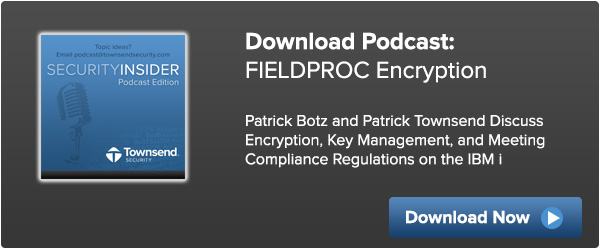
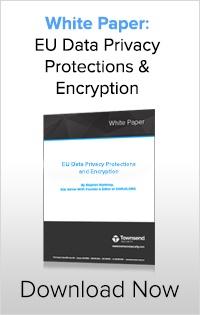


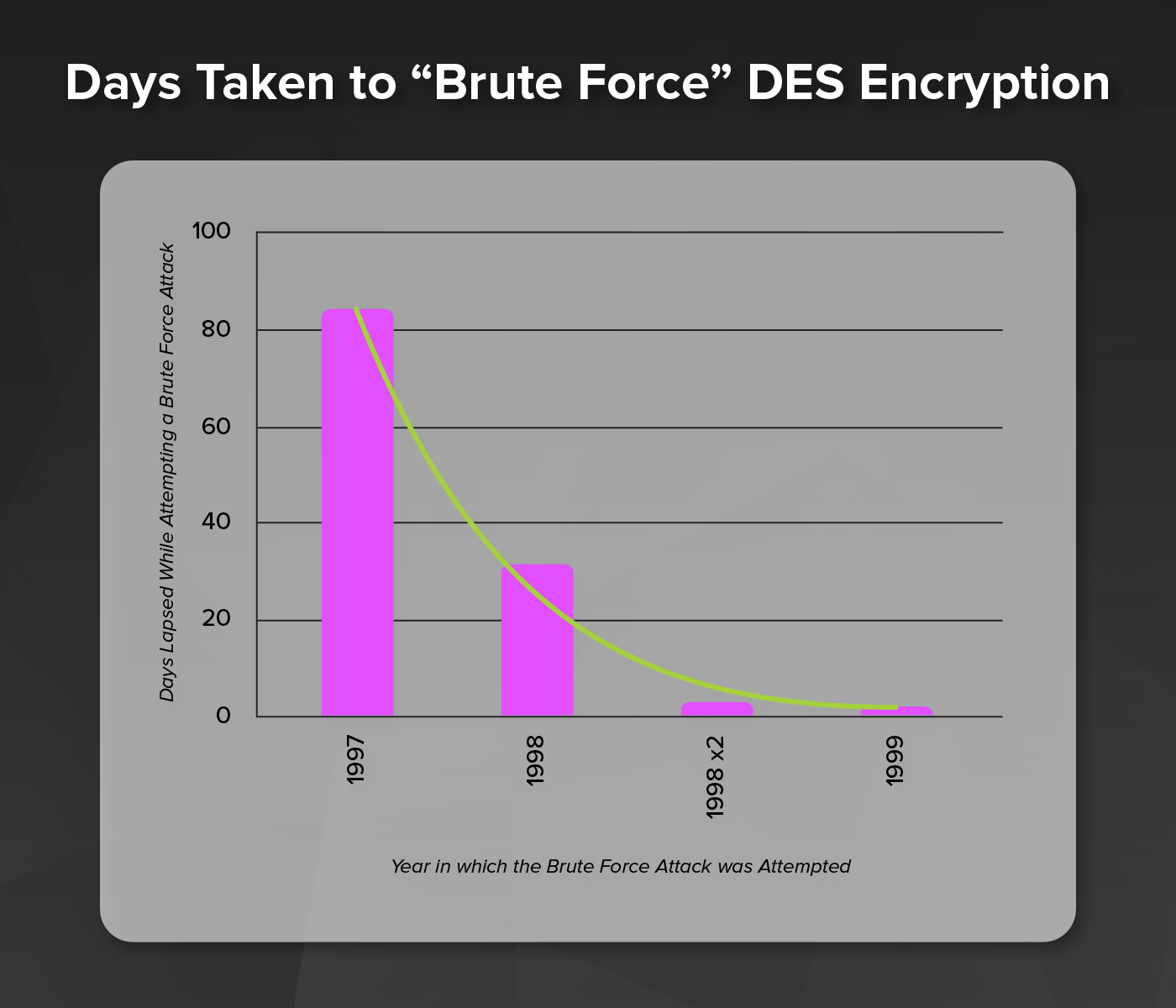
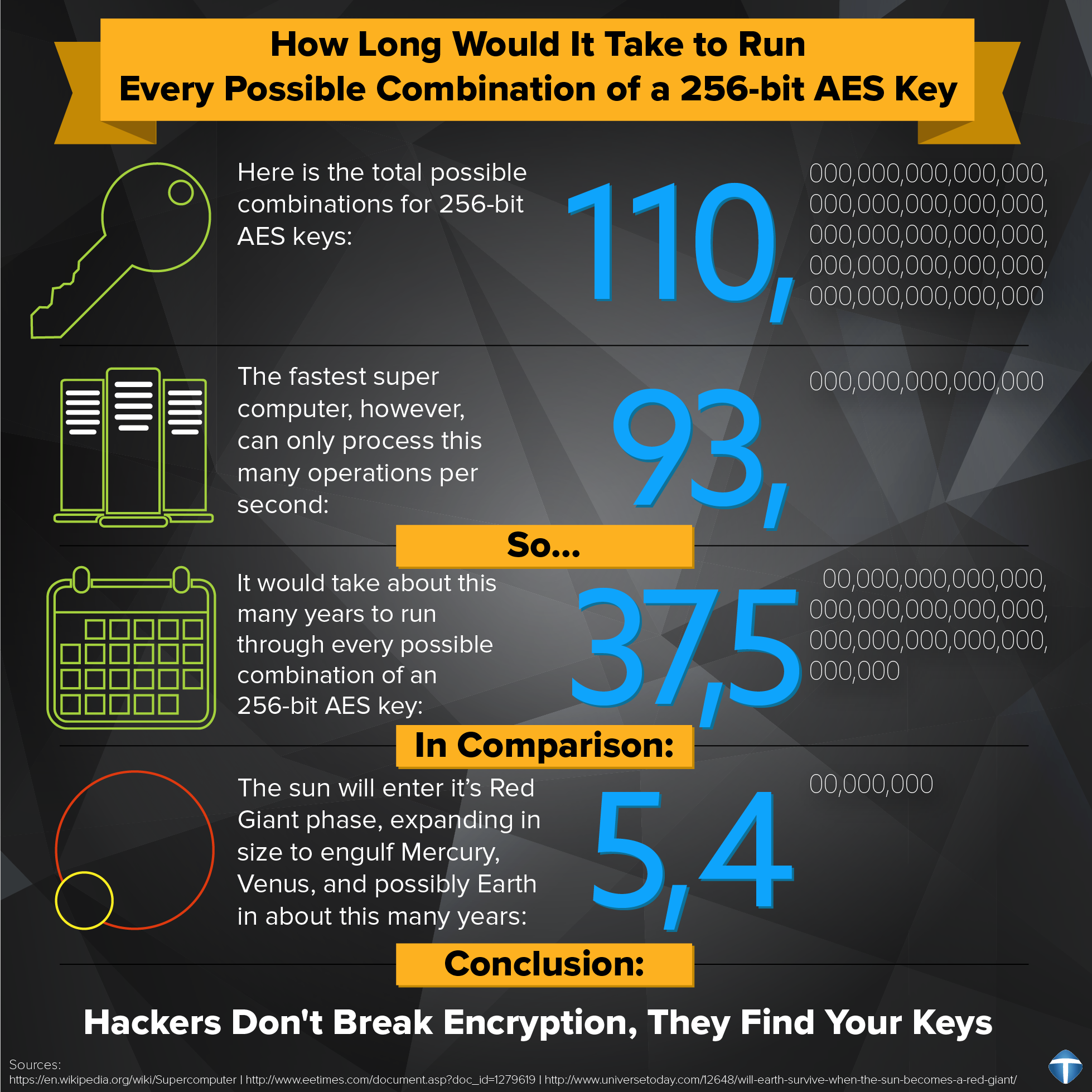
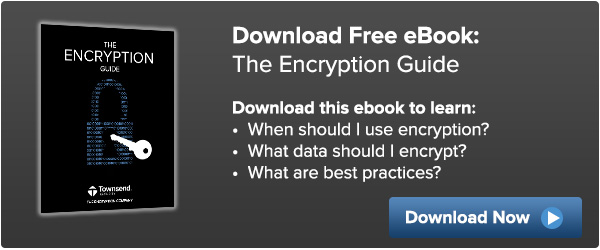

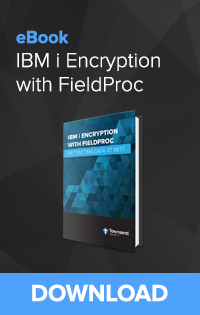
 Enter PGP. PGP stands for Pretty Good Privacy, and before you get too distracted by the name, I can tell you it is actually much better than just pretty good. PGP uses symmetric and asymmetric keys to encrypt data being transferred across networks. It was developed by the American computer scientist Phil Zimmerman, who made it available for non-commercial use for no charge in 1991. To encrypt data, PGP generates a symmetric key to encrypt data which is protected by the asymmetric key.
Enter PGP. PGP stands for Pretty Good Privacy, and before you get too distracted by the name, I can tell you it is actually much better than just pretty good. PGP uses symmetric and asymmetric keys to encrypt data being transferred across networks. It was developed by the American computer scientist Phil Zimmerman, who made it available for non-commercial use for no charge in 1991. To encrypt data, PGP generates a symmetric key to encrypt data which is protected by the asymmetric key.


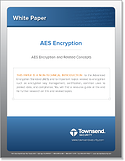

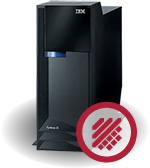 IBM announced recently the end of support date for V5R4. This has prompted many IBM i shops running this older OS to upgrade to a newer release - either V6R1 or V7R1. Traditionally, we have seen that most IBM i administrators upgrade just one release forward. In this particular case, we recommend going to V7R1. Not only is upgrading to V7R1 a fully supported path by IBM, there are security reasons. I recently sat down with Patrick Townsend, Founder & CEO, to discuss IBM i V7R1 and how Townsend Security can help organizations take advantage of FIELDPROC, a new feature that allows companies to encrypt their sensitive data without changing their applications.
IBM announced recently the end of support date for V5R4. This has prompted many IBM i shops running this older OS to upgrade to a newer release - either V6R1 or V7R1. Traditionally, we have seen that most IBM i administrators upgrade just one release forward. In this particular case, we recommend going to V7R1. Not only is upgrading to V7R1 a fully supported path by IBM, there are security reasons. I recently sat down with Patrick Townsend, Founder & CEO, to discuss IBM i V7R1 and how Townsend Security can help organizations take advantage of FIELDPROC, a new feature that allows companies to encrypt their sensitive data without changing their applications.
 As the social revolution moves into the business world, protecting your data is more important than ever. This was a key takeaway for attendees of the recent “Dreamforce to You” event in Seattle, WA, hosted by Salesforce.
As the social revolution moves into the business world, protecting your data is more important than ever. This was a key takeaway for attendees of the recent “Dreamforce to You” event in Seattle, WA, hosted by Salesforce.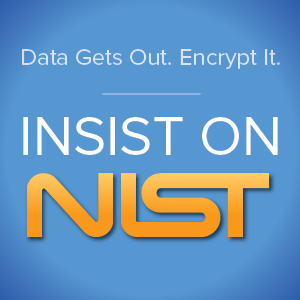 We couldn’t agree more. As a security company, this is something we have been saying since the beginning. We have offered NIST-validated AES encryption for all the major enterprise platforms for over ten years, been securing managed file transfers with PGP encryption, and recently stepped up our game with a FIPS 140-2 compliant encryption key management HSM. Simply put, we are helping organizations protect their sensitive information and meet compliance regulations with certified encryption solutions.
We couldn’t agree more. As a security company, this is something we have been saying since the beginning. We have offered NIST-validated AES encryption for all the major enterprise platforms for over ten years, been securing managed file transfers with PGP encryption, and recently stepped up our game with a FIPS 140-2 compliant encryption key management HSM. Simply put, we are helping organizations protect their sensitive information and meet compliance regulations with certified encryption solutions.